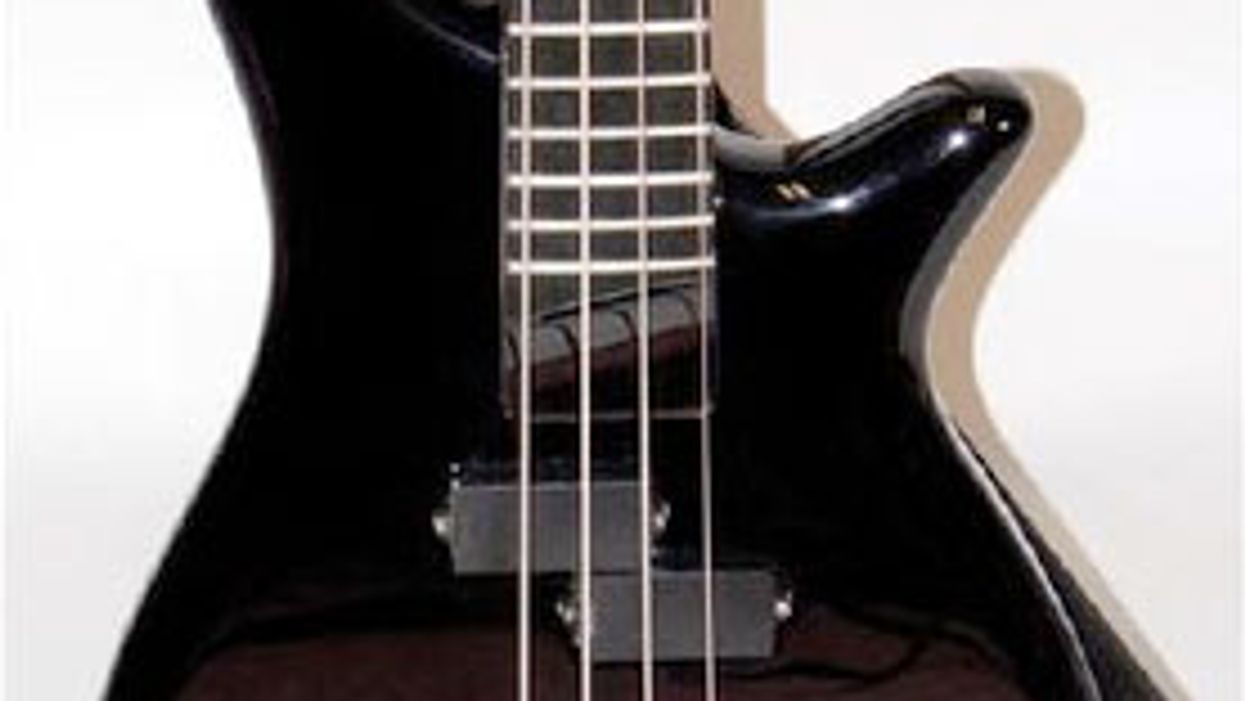Search
Latest Stories
Start your day right!
Get latest updates and insights delivered to your inbox.
bass-collection-nanyo-rare-sb501-sb401-80s-korean-chinese-imports-catalog
Don’t Miss Out
Get the latest updates and insights delivered to your inbox.
Recent
load more

